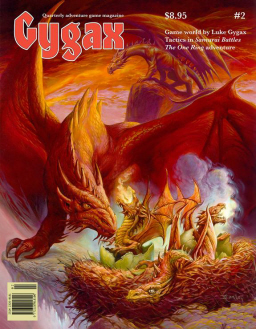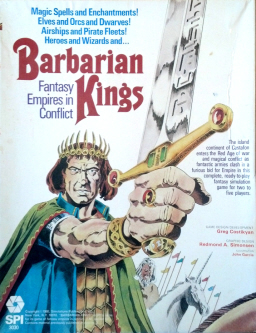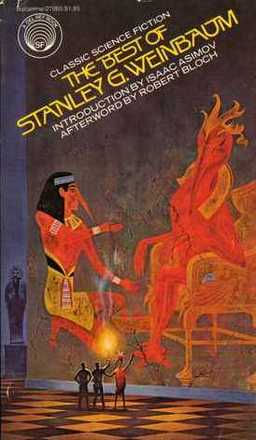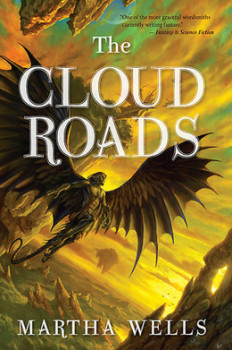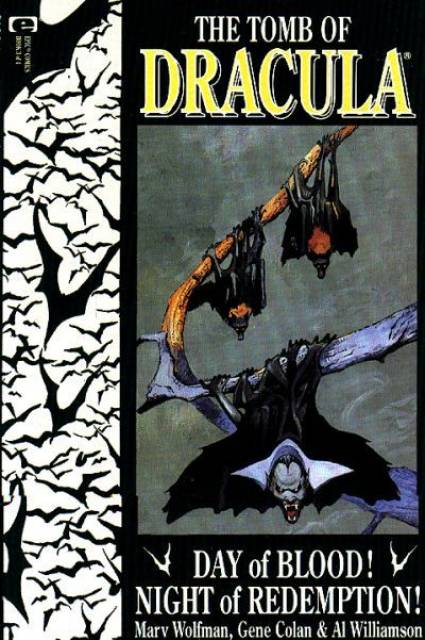Animal Stories: Johanna Sinisalo’s Troll: A Love Story
 A few years ago, a cat came to live with me under unexpected circumstances. (This is getting around to a look at a fantasy novel, and no the novel has nothing to do with cats as such, and yes I have a point.) I’d never had a pet when I was young, so I suddenly found myself dealing with a new range of experiences and emotions; and found also that the depictions in most media of relationships between pets and their humans were notably lacking. There’s a complexity of living with, and to an extent being responsible for, a non-human animal. You have to learn about (and sometimes worry about) diet and medical needs and what certain behaviour patterns mean. You have to learn how to communicate with a creature that does not use words — but which may be surprisingly good at understanding emotions in a voice. These sort of things are rarely shown in most stories about humans and animals, but they’re a crucial part of the experience of dealing with a pet.
A few years ago, a cat came to live with me under unexpected circumstances. (This is getting around to a look at a fantasy novel, and no the novel has nothing to do with cats as such, and yes I have a point.) I’d never had a pet when I was young, so I suddenly found myself dealing with a new range of experiences and emotions; and found also that the depictions in most media of relationships between pets and their humans were notably lacking. There’s a complexity of living with, and to an extent being responsible for, a non-human animal. You have to learn about (and sometimes worry about) diet and medical needs and what certain behaviour patterns mean. You have to learn how to communicate with a creature that does not use words — but which may be surprisingly good at understanding emotions in a voice. These sort of things are rarely shown in most stories about humans and animals, but they’re a crucial part of the experience of dealing with a pet.
Which brings me around to Johanna Sinisalo’s book Ennen päivänlaskua ei voi, a Finnish book translated into English in 2003 by Peter Owen as Not Before Sundown and then again the same year by Herbert Lomas as Troll: A Love Story. The book won the 2000 Finlandia Prize for best novel written by a Finnish citizen and was one of the winners of the 2004 Tiptree Award, apparently in the Owen translation. I read the Lomas version, and was impressed by the prose and structure, by the book’s conceptual flexibility and symbolic heft, and by Sinisalo’s depiction of a man coming to learn to live with an inhuman creature — specifically, a troll. It’s not quite a ‘pet’ in the sense of a domesticated animal, and the relationship between man and troll is certainly different than that of the usual human and pet. But some of what the main human character feels and does is recognisable to me as somebody who lives with a cat.
And I think that kind of relationship informs the basic theme of the book: otherness and the things one person projects on another. Sinisalo’s book acknowledges that the most profoundly ‘other’ creatures around us are the animals we call ‘pets.’ They are adopted members of our families; but do not share the biology that makes us what we are, and that shapes how a human thinks. Their thought processes are alien to us. We try to understand them, we think we come to know them, but for all our good intentions probably still can’t help but project ourselves onto them. That tendency to project fears, hopes, and narratives onto others is I think what drives Sinisalo’s book.
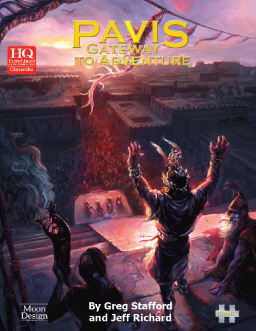
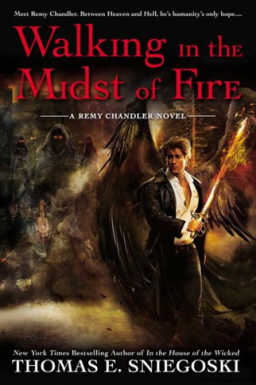
 A couple weeks ago, I discussed one of the movies I saw at this year’s
A couple weeks ago, I discussed one of the movies I saw at this year’s 